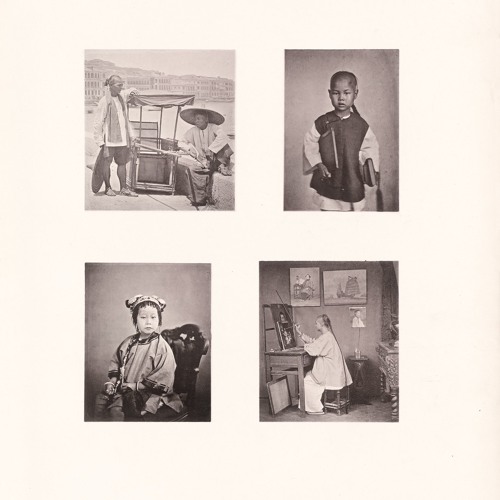
Scientists are eager to get new samples, which will join material returned by Apollo astronauts and Soviet robots, and hopefully help answer questions about the formation of both the moon and Earth. Chang'e-5 will bring back samples from the lunar surface - the first new material from our natural satellite in more than four decades. The next in line for China's lunar accomplishments is the Chang'e-5 mission, which will land near Mons Rümker, a mountain overlooking a huge basaltic lunar plain called Oceanus Procellarum. When temperatures inside the canister plunged to minus 62 degrees Fahrenheit (minus 52 degrees Celsius), all of the plants died. Unfortunately, a day later, the probe entered its first lunar night and, needing to conserve power, did not use its battery to keep the organisms warm. The cotton seeds sprouted, becoming the first plants to germinate on another world. The lander also carried a small enclosed experiment with living organisms, including cotton seeds, fruit fly eggs and yeast. (Image credit: CNSA/CLEP)Ĭhang'e-4 brought with it a successor to the Yutu rover, fittingly named Yutu 2.

Queqiao means "Bridge of Magpies." It refers to a Chinese folktale about magpies forming a bridge with their wings to allow Zhi Nu, "the seventh daughter of the Goddess of Heaven," to reach her husband, according to NASA.Ĭhina's Chang'e 4 lander and Yutu 2 rover, photographed by each other on the moon's far side. Prior to Chang'e-4, the Chinese space agency launched the Queqiao relay satellite into lunar orbit, which enables communications to any point on the surface. Landing on the lunar far side is difficult because there is no way to transmit signals directly to Earth. Von Kármán is located inside of the South Pole-Aitken basin, the largest and oldest impact crater on the moon, which has never been explored. The robot touched down at 177.6 degrees east longitude and 45.5 degrees south within Von Kármán crater, according to an announcement from the China National Space Administration (CNSA). 2, 2019, is currently creating a great deal of excitement: It is the first spacecraft to ever land on the moon's space-facing hemisphere.

The robot finally bit the lunar dust in 2016.Ĭhina's fourth moon probe, the Chang'e-4 lander, which arrived on the far side of the moon on Jan. Yutu stopped moving after that, though its instruments continued to function for two and a half years, sending back valuable information to scientists.

An anonymous user of the Chinese social media platform Weibo created a narrative told from the rover's perspective following the malfunctions. Goodnight, humans."Yutu won the hearts and minds of people all over the world by surviving its first long, harsh lunar night, which lasts two weeks, though it began encountering technical problems after its second night. I'm just in my own adventure story, and like any protagonist, I encountered a bit of a problem. "But if this trip is to end prematurely, I'm not afraid. "The bad news is, I was supposed to go to sleep this morning, but before I went to sleep, my masters found some mechanical control abnormalities," the first-person posting read.

(Image credit: CASC/China Ministry of Defense) The Chinese spacecraft landed on the moon on Dec. On January 10, 2014, the Chinese Academy of Sciences published photographs of the moon and Earth taken by the Chang'e 3 lander and Yutu rover during the period of Dec. This image is one of the first taken after landing by the Chang'e 3 moon lander on Dec.


 0 kommentar(er)
0 kommentar(er)
